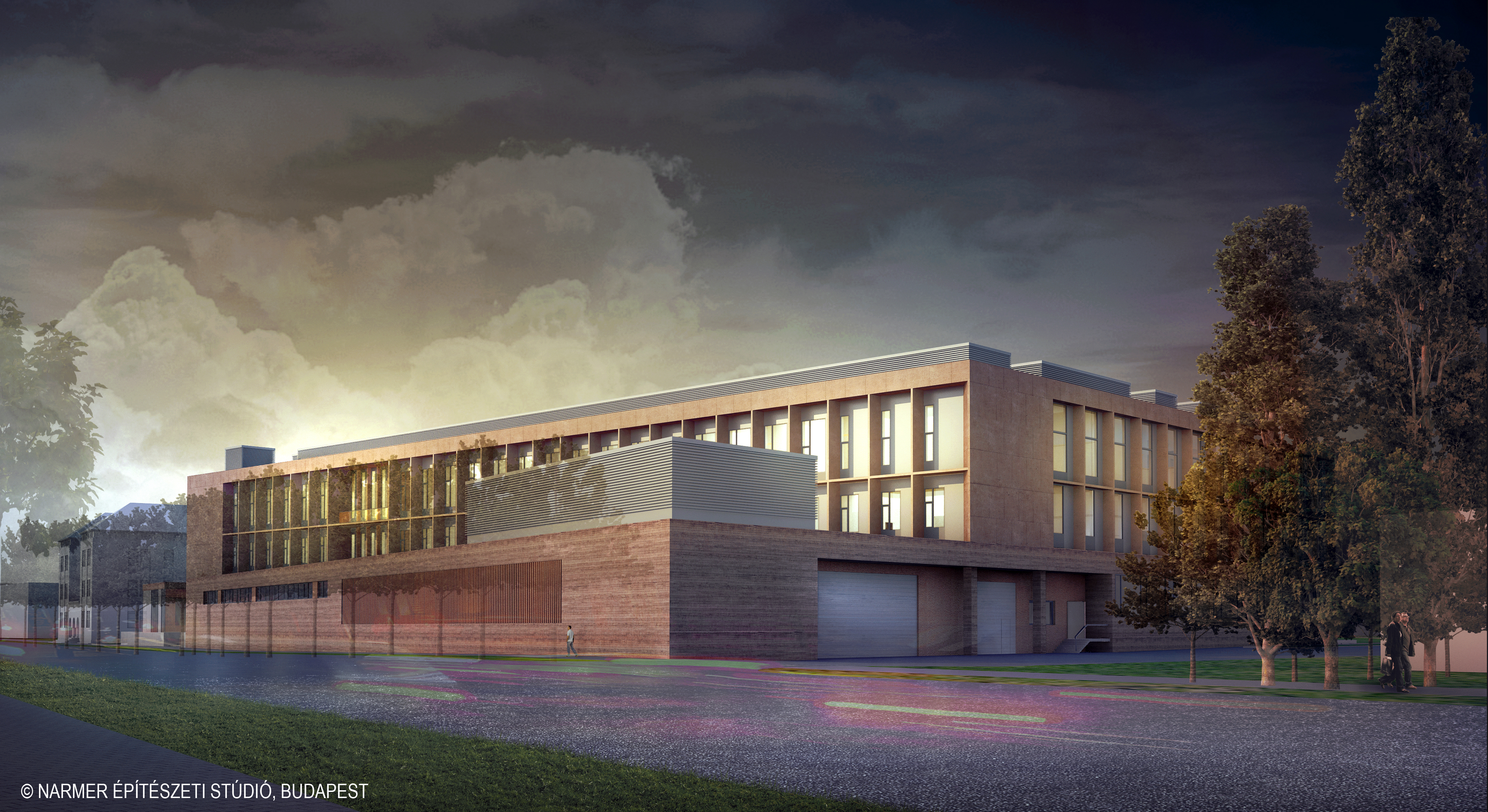As we mentioned in an earlier article about the Museum of Fine Arts soon a modern new restoration and storage centre, satisfying various industry requirements, will open on Szabolcs Street. The buildings will be home to the National Museum Restoration and Storage Centre (OMRRK), and the Central European Art History Research Institute (KEMKI) which will bring together experts from the Museum of Fine Arts and the Hungarian National Gallery. Interestingly there will also be a visitor centre.
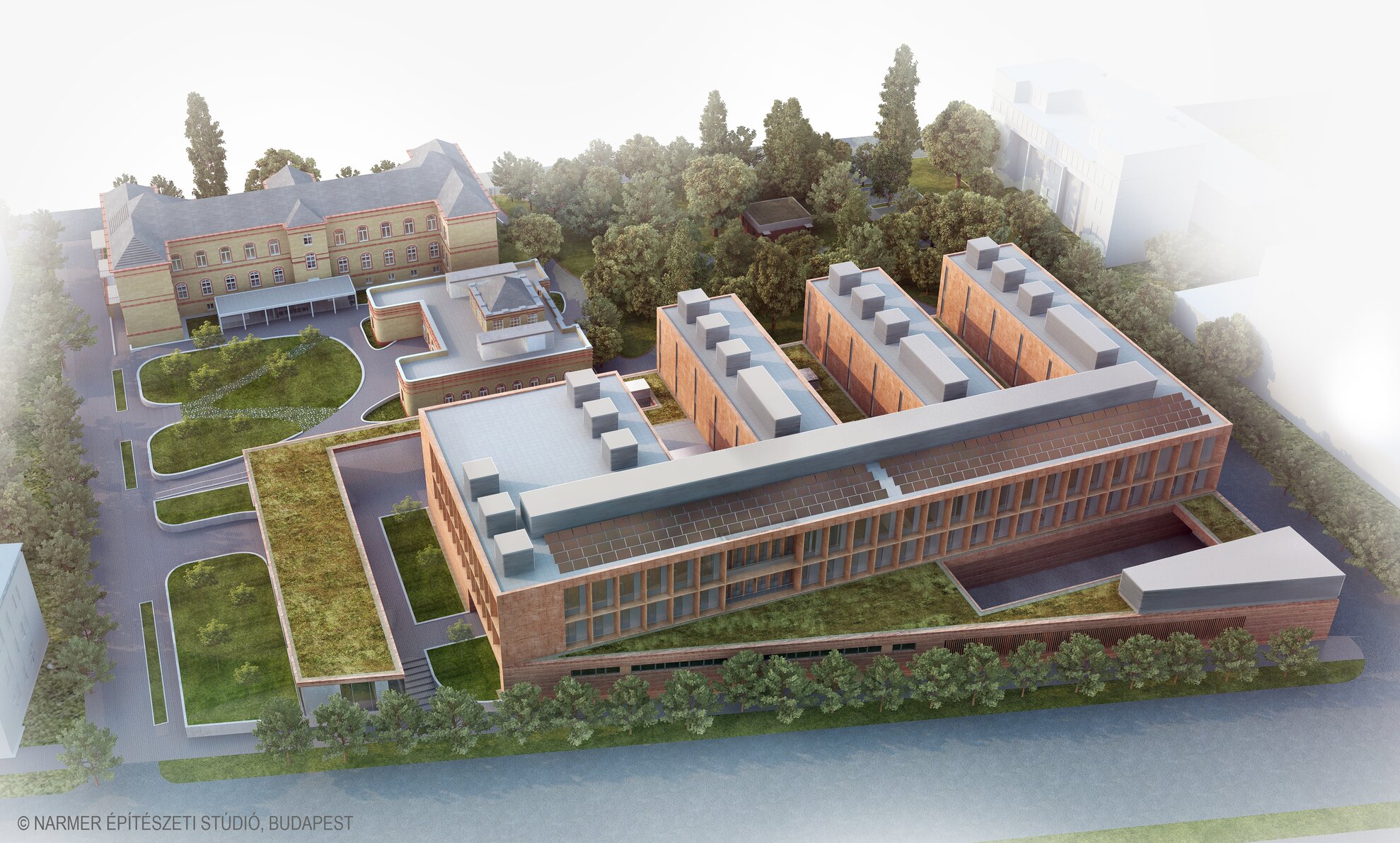
Thanks to this investment, a modern service centre will be created for both restoration and storage, explained László Baán, director of the Museum of Fine Arts. Naturally, the museums themselves will retain some of these functions, but on a significantly smaller scale.
The project is more than timely, since many of the major museums in Budapest suffer from storage problems, confirmed Lajos Kemecsi, director of the Museum of Ethnography.
The Museum of Ethnography, for example, is currently forced to store about 40% of its pieces at a storage facility in Törökbálint, which is clearly not a an ideal solution.
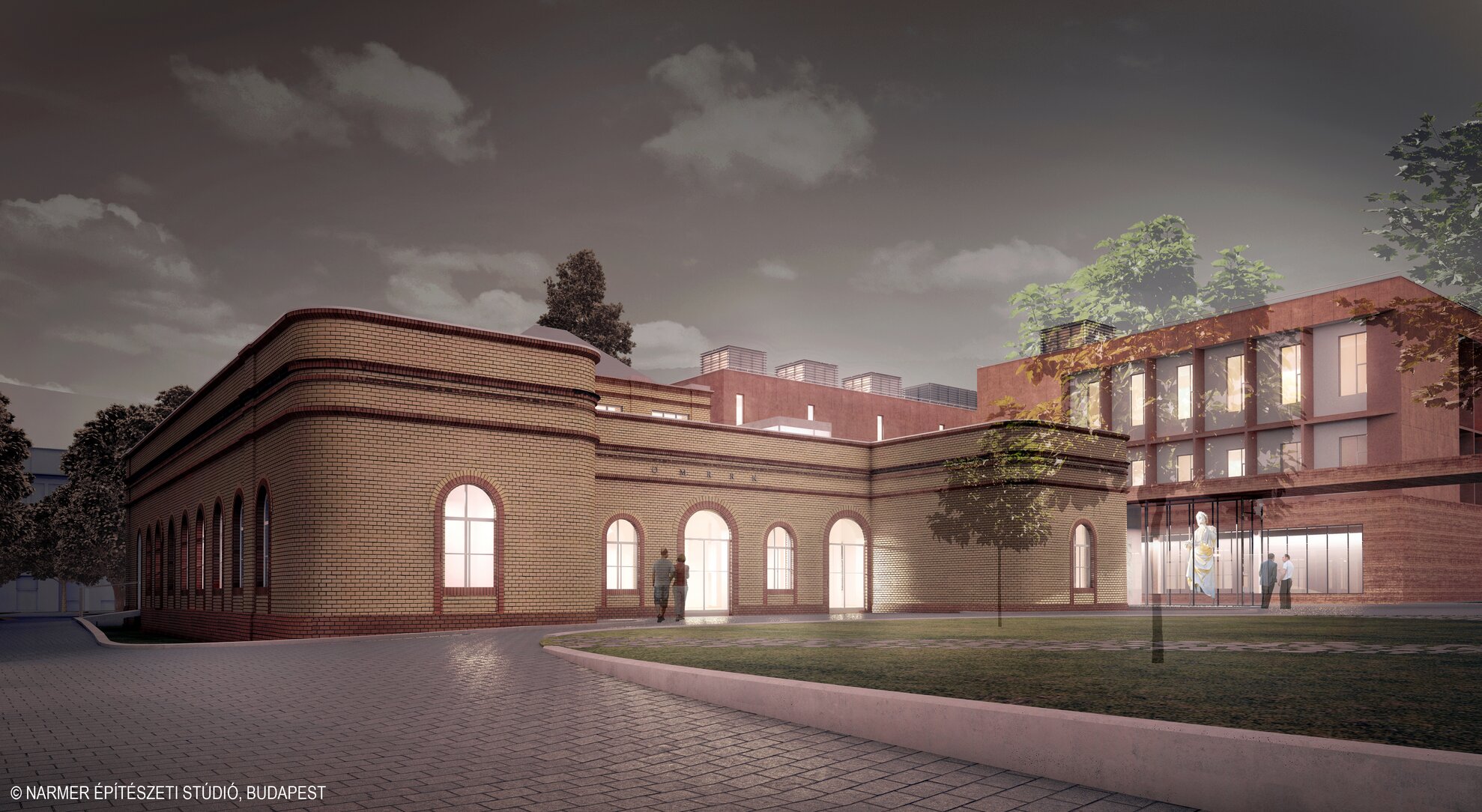
Museum experts and architects studied various international examples during the planning phase. One example is the British Museum's similar institution, which is under construction. The new centre will allow for ideal humidity control and minimise dust exposure. When moved, the individual works of art will be marked with QR codes, for easy cataloguing.
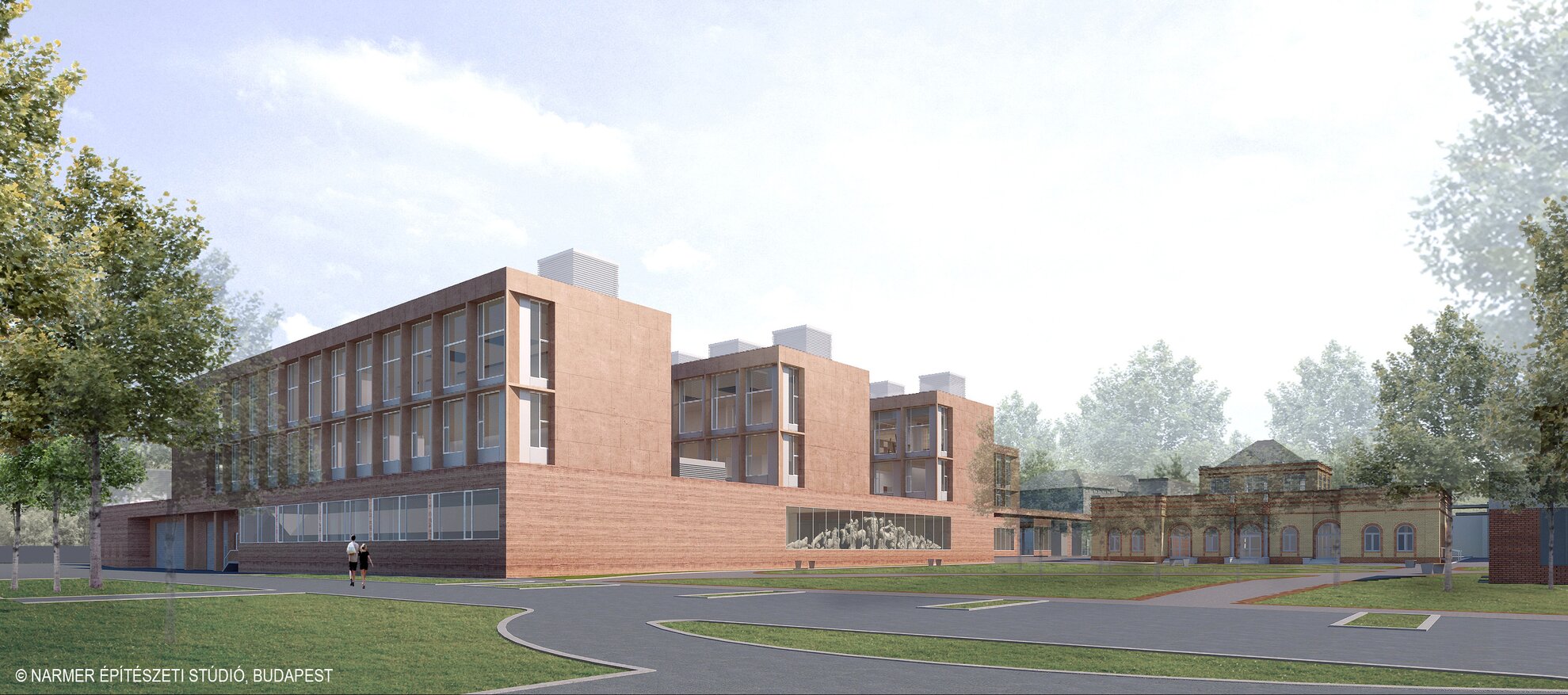
The brownfield investment includes the renovation of valuable buildings and the construction of a new one - this was explained in detail by Zsolt Vasáros, head of Narmer Architects.
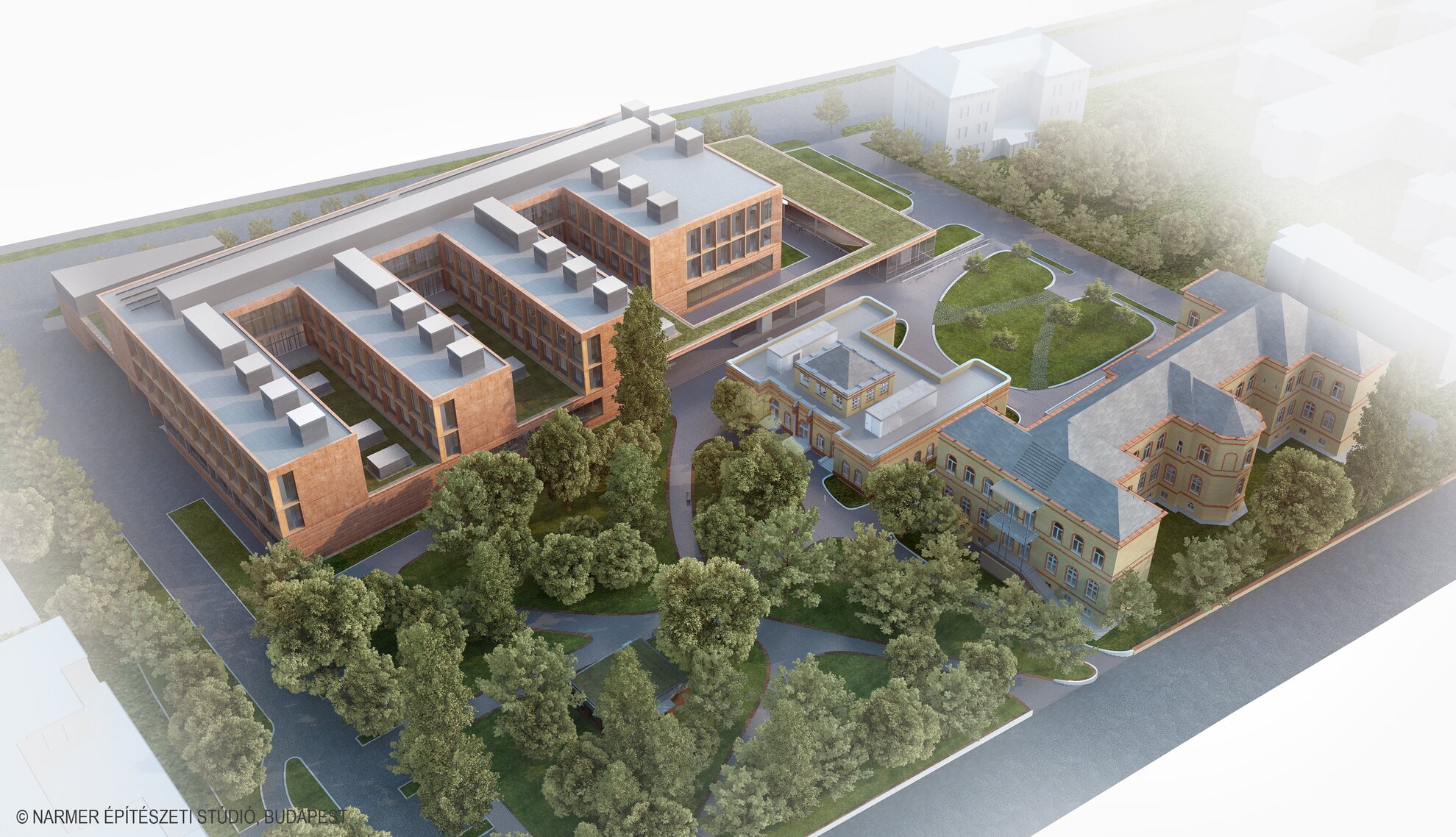
The more than 100-year-old hospital buildings are works by acclaimed architects (Vilmos Freund, Zsigmond Quittner and Alfréd Hajós) and will be saved. They will house research facilities, guest rooms and archives. The one-time Jewish house of prayer which has had several functions in the past decades cannot be returned to its sacral purpose, and will be turned into a visitor centre with conference rooms, exhibition spaces, a restaurant and a rooftop terrace.

The new centre will be in place of the 30-40-year-old, insignificant buildings. The approximately 37,000m2 centre will house ateliers, laboratories, restoration workshops, a multi-storey storage facility and underground parking. There will be four floors underground and three floors above ground.
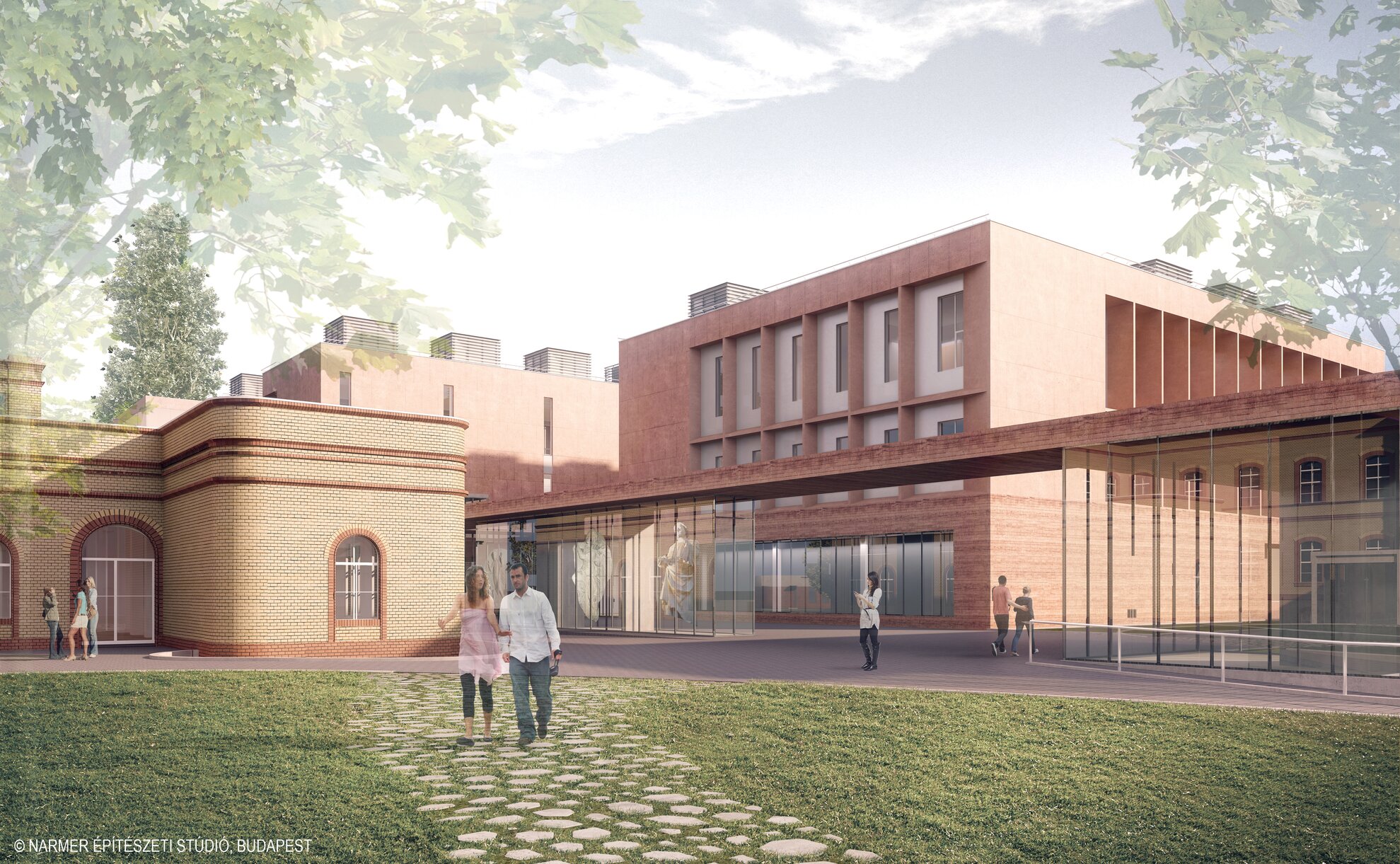
The buildings will be characterised by modern architectural solutions including geothermal collectors and sun collectors.
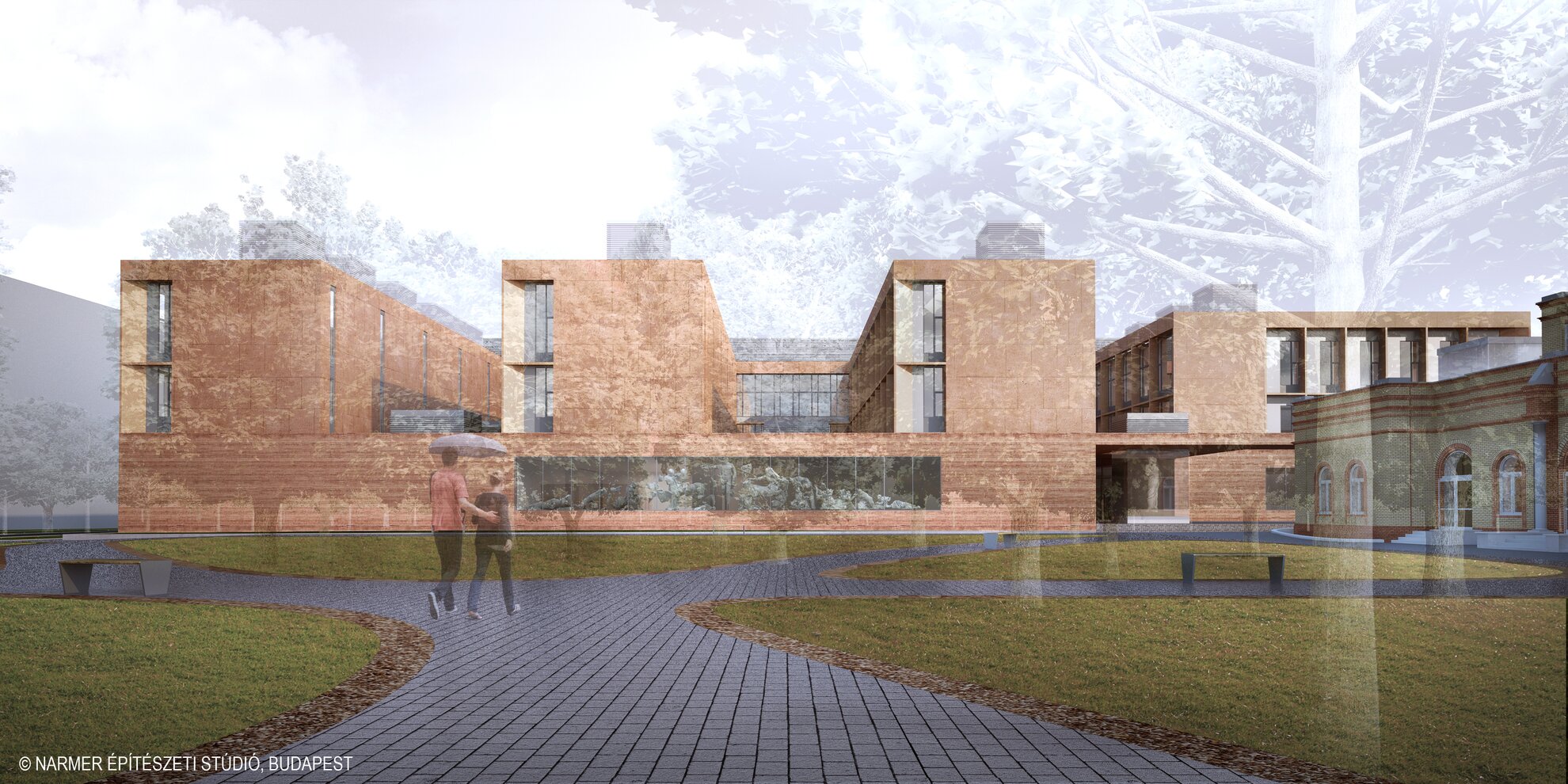
In the storage spaces, nitrogen will be added to the air; this so-called oxygen reduction system decreases the air's oxygen content from 21% to 14%, which (in addition to heavy compartmentalisation) minimises fire danger. The same system is implemented at the British Library in London and the Lenbachhaus München.
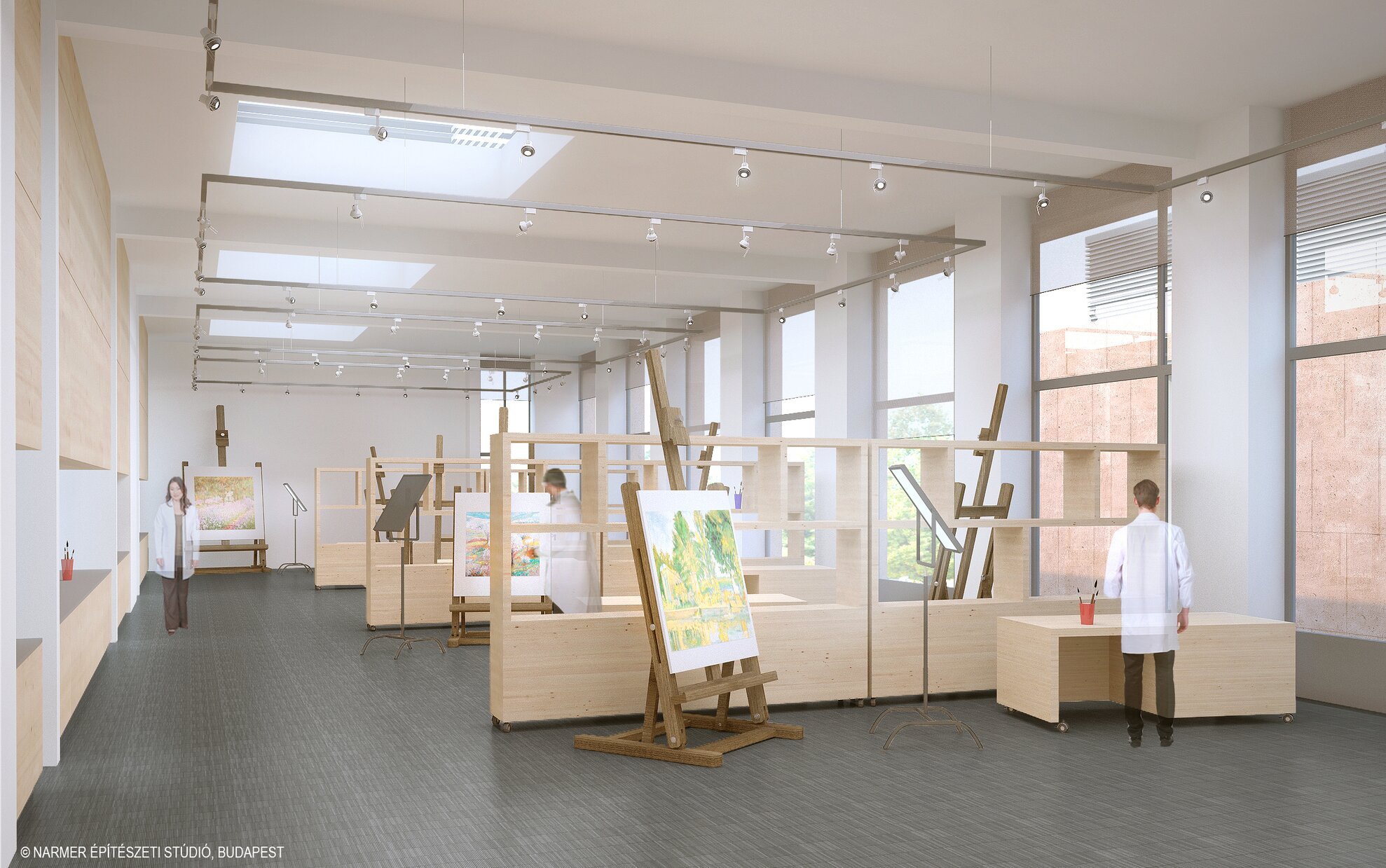
The new building will have simple structure, classical proportions and a modest façade. Its layout ensures natural light as well as proper shading, since it's not best to do delicate restoration works in scorching sunlight.
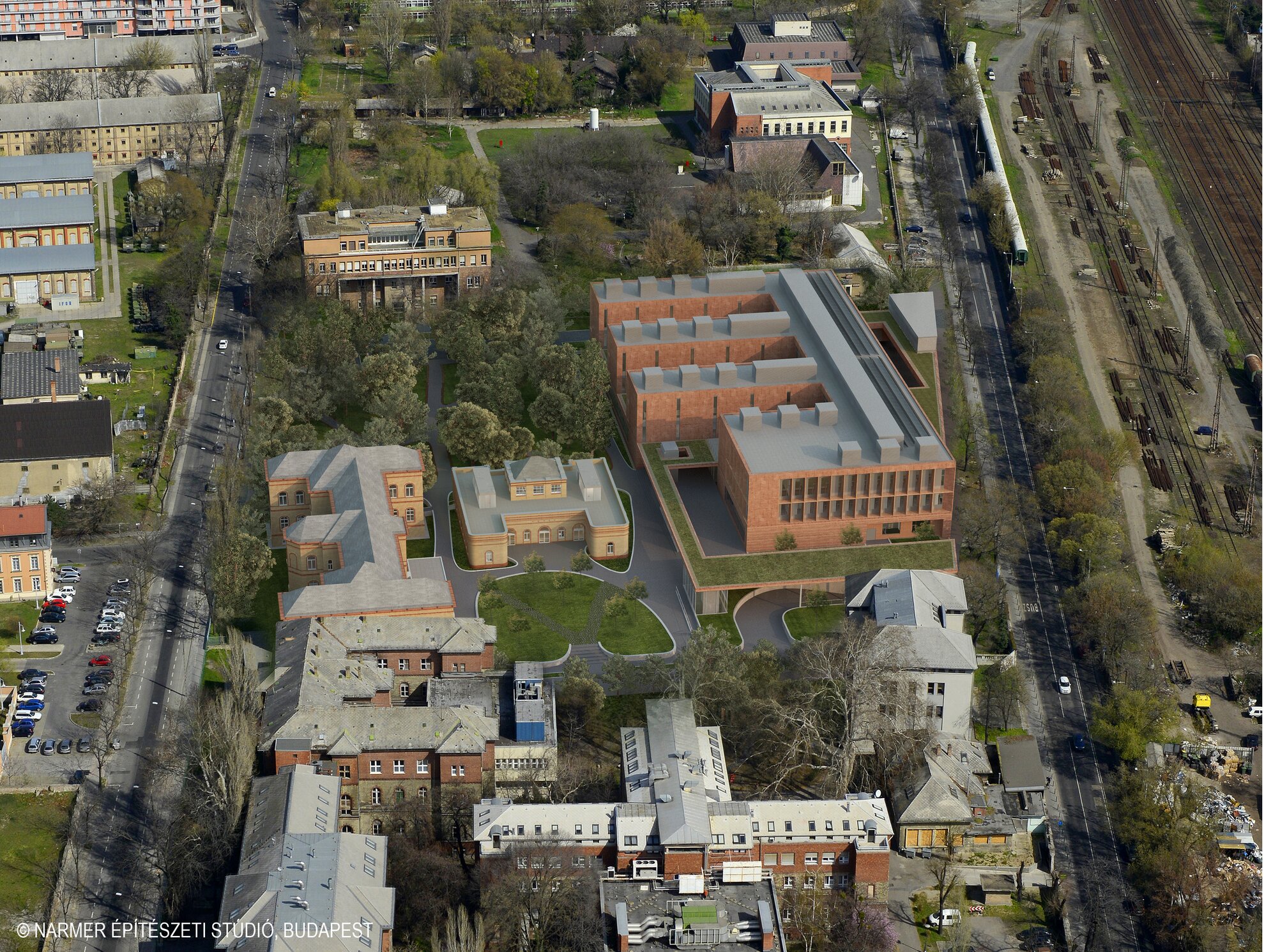
It seems that the development is backed by the entire museum scene, while the area itself also benefits from it. The former Israelite Hospital has long been abandoned: it was closed as part of a healthcare reform in 2007, despite the fact that its surgical block had been built just a few years before. According to the plans, the one-time Bókay Square among the buildings will also be rebuilt, and the green areas, currently closed, will also be open to the public.
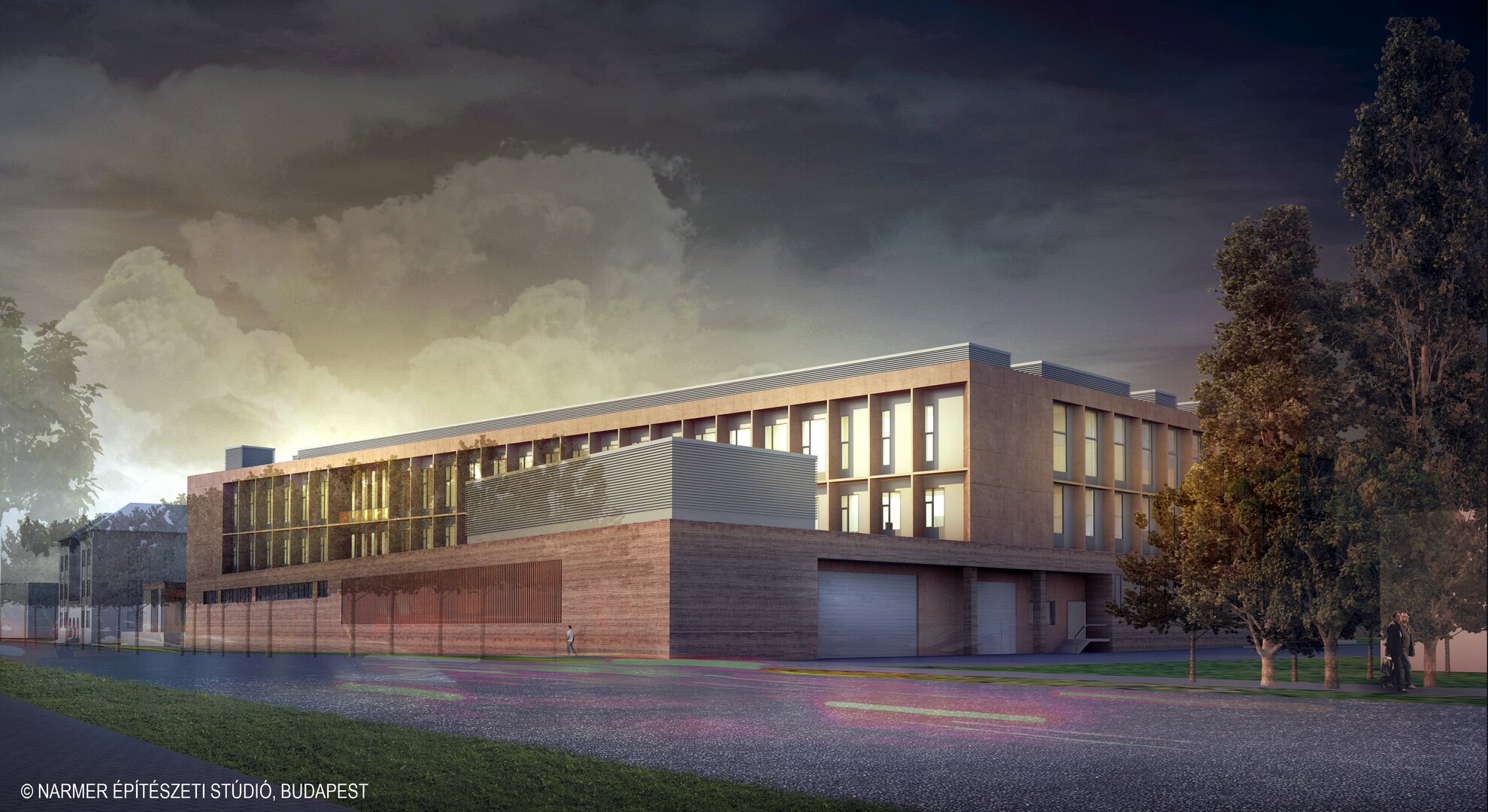
We're quite curious to see the final result. It's already clear that the renovation will save valuable buildings, create a new building that is much needed by Budapest's museums, and that the green surfaces will add to the charm of the entire area.
